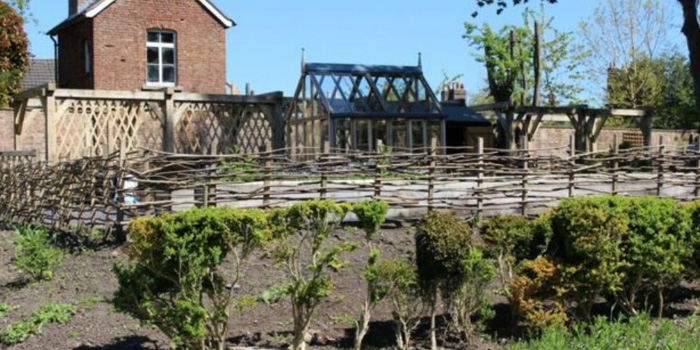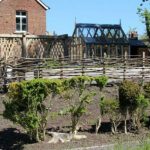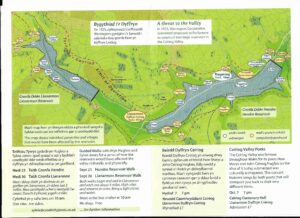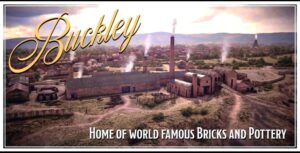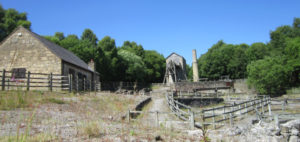The Lord’s Garden at Nantclwyd y Dre has been carefully restored with help from the Heritage Lottery Fund, Denbighshire County Council, Ruthin Town Council, Friends of Nantclwyd y Dre and a vast army of enthusiastic volunteers. The project cost £220,000 and took three years to complete. It was officially opened in May 2016. The Grade II listed gardens, originally known as The Lord’s Acre, pre-dated Nantclwyd y Dre.
The gardens are first mentioned in 1282 when it is said that they, along with Ruthin Castle, were awarded to Marcher Lord Reginald de Grey in recognition of his part in subduing an uprising by Llywelyn ap Gruffydd, the last native Prince of Wales.The Lord’s Garden appears to have been an orchard and kitchen garden to the castle for some 350 years. In the 1640s, during the Civil War, it became part of the Nantclwyd y Dre estate with greater emphasis on
meadowland and ornamental gardens.
The newly rejuvenated garden has features from three distinct periods and these are clearly illustrated on a site map and on leaflets available at the house. From medieval times there is an enamelled mead with low growing wild flowers, an orchard that would have supplied apples to the castle kitchen and for making cider, and a number of beehives from which honey and beeswax was obtained. Seventeenth century features include areas of hedging, a nuttery containing native hazels and other species, and vegetable beds. Tomatoes and potatoes would have been introduced during this period. In the nineteenth century specimen trees of lime and beech were planted. This demonstrated that the owners of Nantclwyd y Dre had wealth and standing in Ruthin society. The glasshouse is also from this
period affording the opportunity to grow and cultivate exotic plants. This century also saw the introduction of herbaceous borders where colourful flowers were grown for decorating the house and filling it with fragrance.
Over a hundred volunteers helped to restore the garden to its present form and a considerable number are now very active in maintaining the area. It is a large space with numerous paths and many plants that need constant attention and all need to be weeded by hand. Amongst these volunteers is a group of students from Ysgol Tir Morfa in Rhyl. Students from the school have been involved from the outset of the project and they carry out a range of tasks in the garden including grass cutting, composting and weeding. It forms part of the school’s generic work skills course and some of the students have moved on to Llysfasi and Northop colleges.
It is good to see that visitors can pay to visit the garden only if they wish and the current charge is £2.00 for adults and £1.00 for children. This will hopefully encourage people to pay a number of visits at various times during the year.
The Lord’s Garden is a calm oasis just a short distance from the centre of Ruthin. It is a lovely place to relax and to enjoy plants, flowers, birds and bees. The walls of the original castle are clearly visible from the garden which adds to the sense of history.
The restored garden complements perfectly Nantclwyd y Dre and is a great new asset and attraction in Ruthin. It is a worthy winner of the 2016 Quayle Award, which is being presented to Denbighshire County Council on 3 July.
Harold Jones, Ruthin and District Civic Association (RADCA)
The article does not necessarily reflect the views of NEWHF
Blog articles will only appear in the language they are provided in by the author.
Yn yr iaith y’u hysgrifennwyd gan yr awdur yn unig y bydd yr erthyglau blog yn ymddangos.

